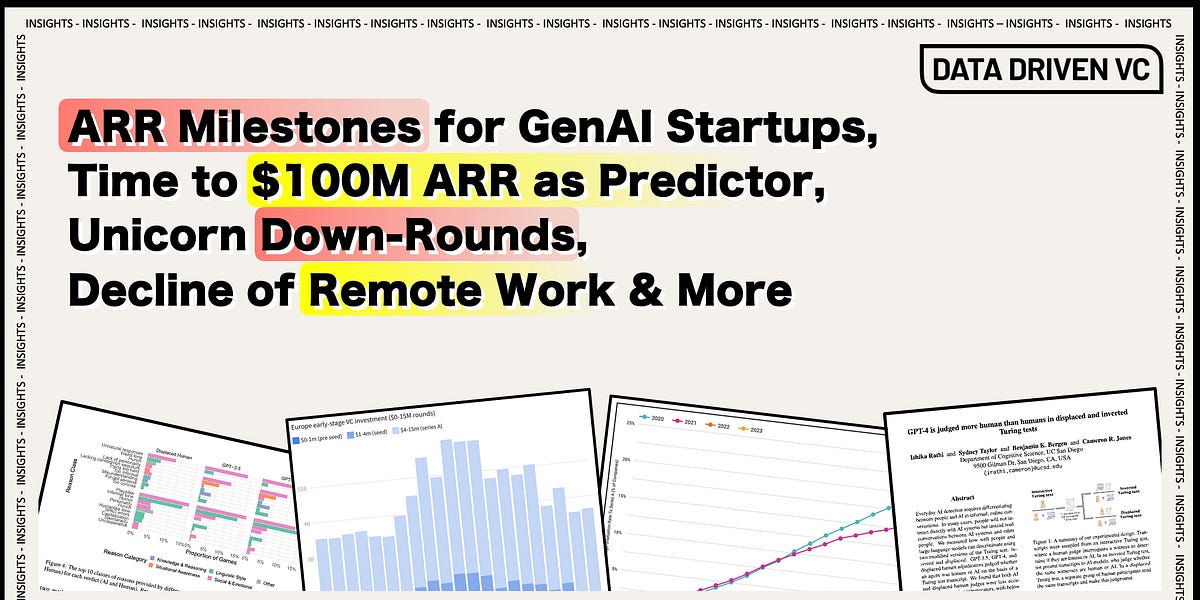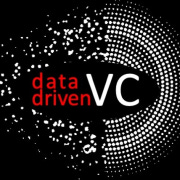Build Smarter: The AI Product & Pricing Strategy Guide for 2025

If you’re building a new AI product in 2025, having a breakthrough model is only half the game. What separates startups that scale from those that stall is clarity on who you're selling to and how you're pricing what you've built.
Too often, pricing is an afterthought. But in today’s GenAI market, it’s a competitive advantage. Get it right, and pricing becomes your strongest growth lever. Get it wrong, and it becomes a ceiling.
Here’s a strategic guide to help you build your AI product with the right go-to-market mindset—backed by real data and practical pricing structures.
Step 1: Define Your Customer – Enterprise or Consumer?
Your customer choice shapes your product design, sales motion, and revenue potential.
Enterprise (B2B): Sustainable, Profitable Growth
Selling to companies gives you bigger contracts and more predictable revenue. GenAI startups targeting enterprise are reaching $2M ARR in their first year with relatively few accounts. Why? Because businesses value outcomes and are willing to pay for impact.
You’ll face longer sales cycles, security reviews, and deeper product integrations—but you’ll also build stronger retention and margin efficiency.
Enterprise is ideal if:
- You’re solving a deep workflow problem.
- You can handle a consultative sales process.
- You want high ACVs and lower churn.
Consumer (B2C): High Speed, High Risk
On the consumer side, GenAI products can scale rapidly. Top startups are reaching $4M+ ARR in a year—but with higher churn and lower per-user revenue. Success here means constantly driving acquisition while figuring out how to monetize fast.
Consumer is ideal if:
- Your product is viral, intuitive, and habit-forming.
- You can iterate fast based on data.
- You’re ready for a capital-intensive growth path.
Step 2: Choose the Right Pricing Strategy
Pricing isn’t just about revenue—it’s about how customers understand your value. Below are nine proven AI pricing models to consider, each with strengths depending on what you're selling and to whom.
1. Pay-as-you-go (PAYG)
Customers are billed purely based on usage—e.g., API calls, tokens, minutes processed. Ideal for technical users or unpredictable workloads.
2. PAYG with a Cap
Same as PAYG, but with a maximum spend limit. Helps reduce buyer anxiety about runaway costs while still capturing usage-based value.
3. Usage-Based Tiers
Customers purchase in fixed blocks of usage. Simple to understand and useful when product usage scales in predictable steps.
4. Usage-Based Tiers + Overage
Adds overage fees on top of usage tiers. Encourages commitment while ensuring you’re paid when usage spikes.
5. Platform Fee + Usage
A fixed monthly fee for access, plus additional usage charges. Balances base revenue with growth from power users.
6. Platform (Includes Usage) + Usage
Your base fee includes a usage quota, with extra charges beyond that. Gives customers predictable baseline pricing with room to scale.
7. Adaptive Flat Rate
Customers pay a flat rate that adjusts annually based on prior-year usage. Useful in enterprise environments with annual budgeting.
8. Platform + Success Bonus
Charge a platform fee, then add bonus payments when the product delivers results. Best for outcome-driven solutions like sales enablement or fraud prevention.
Step 3: Think in Systems, Not Tactics
The most successful AI companies treat pricing as a living system. They start simple, then evolve based on feedback and usage data. They don’t just optimize for revenue—they optimize for alignment: between what the customer values and how they’re charged for it.
So as you build, ask:
- Does my pricing grow with usage or success?
- Is it easy for customers to predict their spend?
- Do I have a clear upgrade path from free or entry-level users?
Final Word: Build With Strategy, Not Just Code
If you want your AI product to thrive in today’s market:
- Choose your customer type with intention.
- Design your pricing to reflect your product’s value.
- Evolve both as your market, usage, and customer needs change.
AI innovation moves fast—but sustainable businesses are still built on the fundamentals. A clear customer, a strong pricing strategy, and the discipline to learn and adapt will take you much further than just another GenAI demo.
Good Read



